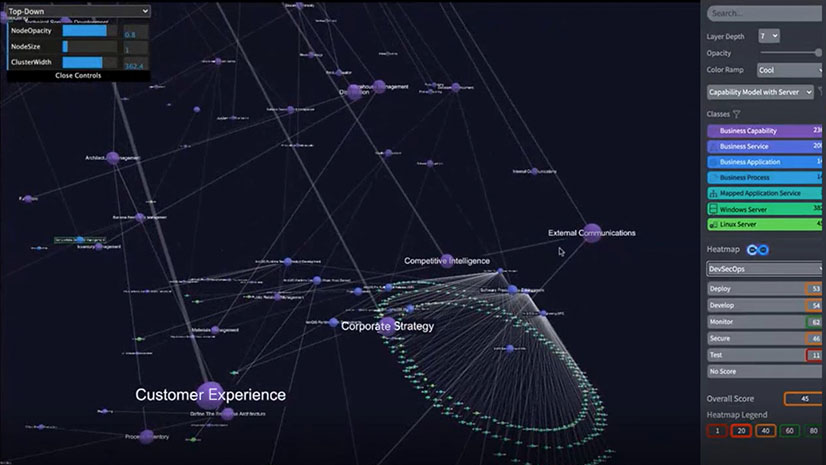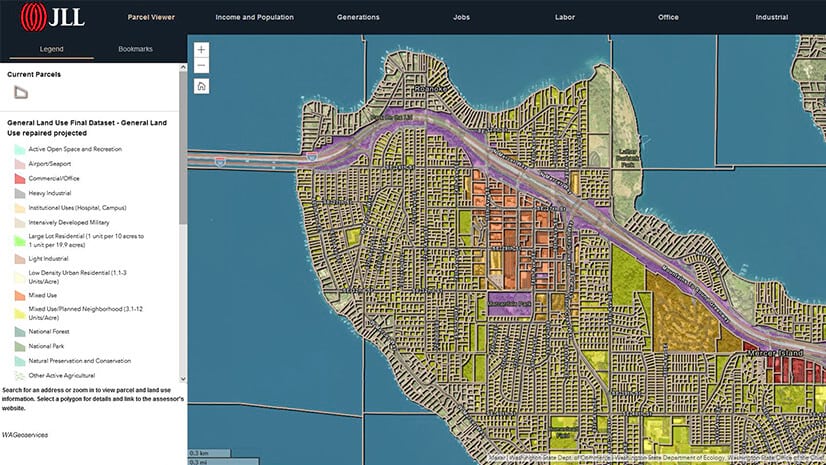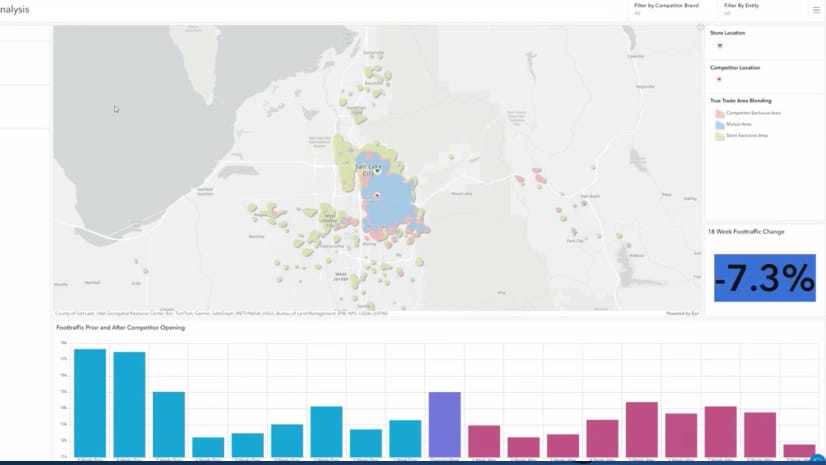The demand for job skills depends on a complex interplay of economic forces and geographic dynamics. As a recent Wall Street Journal story highlighted, some US-based manufacturers are now making lucrative offers to recruit welders—before they’ve even graduated from high school.
And welders aren’t the only skilled professionals companies are eager to hire. They also need talent in energy, infrastructure, health care, and biotech, according to the US Bureau of Labor Statistics.
The process of connecting well-qualified candidates with industries seeking talent has remained basically unchanged for years. Employers post a job opening online and wait for résumés to arrive (hopefully from real people).
A method created by a group of Southern California community colleges hints at a better way for prospective employees to connect with companies based on a key factor: the job’s location.
Enabling a Geographic Job Search
A job’s location influences everything from salary and commute times to work-life balance and career growth. But job seekers who search for opportunities by city or zip code may not find the level of context they need.
What if a job seeker could zoom in on companies near transit hubs, their child’s school, or a place they love to visit? What if they could search by industry or specialty and see a map of job concentrations?
The Coast Community College District (CCCD) in Orange County, California, is creating a pipeline of skilled workers who understand the geography of their job prospects well before graduation. That’s because CCCD leaders have mapped the information with geographic information system technology. Through a GIS-powered website, students see the precise locations of jobs in their chosen industries—a process administrators describe as “geoenabling the student journey.”
“Navigating labor market information can be daunting for job seekers,” said Stephanie Feger, a program director for career education and workforce development at CCCD, in a recent article. “We thought, ‘There has to be another way.’ That’s when we decided to map the information spatially.”
Seeing Costs of Living, Special Skills—On a Map
As baby boomers retire in record numbers from careers in skilled trades and other sectors, their absence creates opportunities for younger workers, even as demand grows for new skills like AI (see sidebar).
Visualizing industry clusters by location can help job seekers find opportunities that match their skills. It can also reveal an ecosystem ripe for career advancement. Through a smart map, job seekers can evaluate cost of living information or search for openings by sector and skill. GIS technology delivers that map view by pulling from spreadsheets of data on job locations, salary levels, and required skills.
Just as job seekers can approach their search through a geographic lens, many businesses apply GIS to find locations that match their workforce needs. Certain lifestyles or hobbies, for example, might indicate compatibility with a specific role. Hiring managers can use location technology to target recruiting efforts to areas where those skills and characteristics are prevalent. As a recent WhereNext article noted:
An HR executive looking for telehealth professionals could map labor data from a specific region or city on a GIS-powered dashboard. That could yield a geographic view not just of the specialists in that field but health-care professionals in adjoining industries or with similar skill sets, along with their average incomes and the turnover rates in the area.
More Information Means More Informed Job Seekers
With a geographic view of the job market, companies make more informed decisions. Job seekers can see not only where openings are, but how close they are to amenities such as schools, services, and parks. After all, job candidates aren’t just considering the requirements of the role: They’re assessing the quality of life a job will afford them.
And when they like what they see, they’re more likely to stay, reducing the risk of turnover and the costs that come with it.
The Esri Brief
Trending insights from WhereNext and other leading publicationsTrending articles

December 5, 2024 |

November 12, 2018 |

November 24, 2025 | Multiple Authors |

July 25, 2023 |

February 1, 2022 |

November 18, 2025 |




